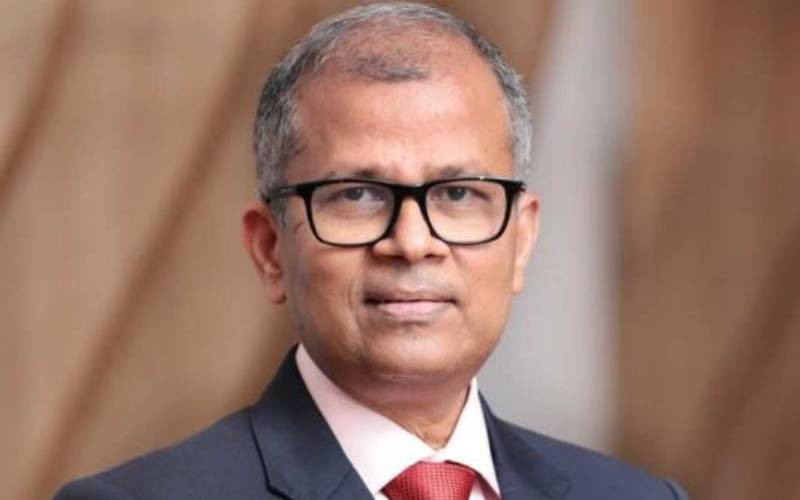×
The Standard e-Paper
Smart Minds Choose Us

Dilip Pal, Safaricom Chief Finance Officer.
October 30 this year marked a turning point in Kenya's digital transformation journey. The launch of East Africa Device Assembly Kenya Ltd (EADAK) - a joint venture of local mobile network operators and international device manufacturers - the first-of-its-kind in East Africa, heralds a new era of possibilities and opportunities for the nation.